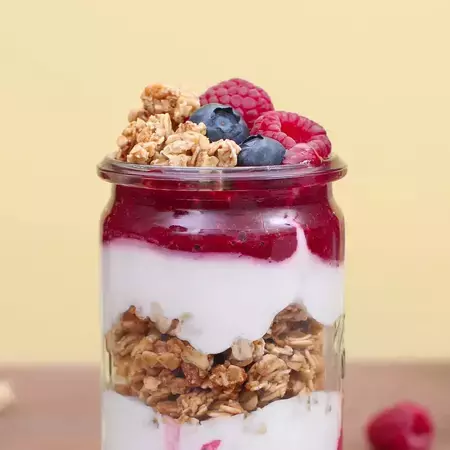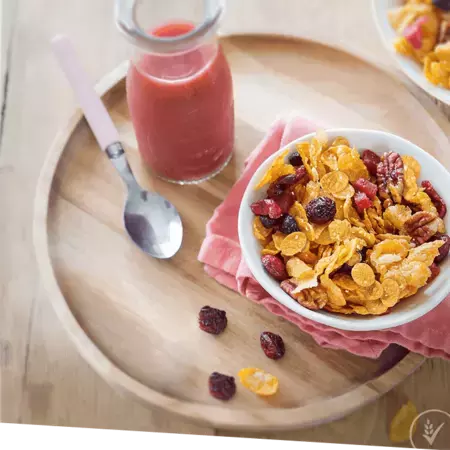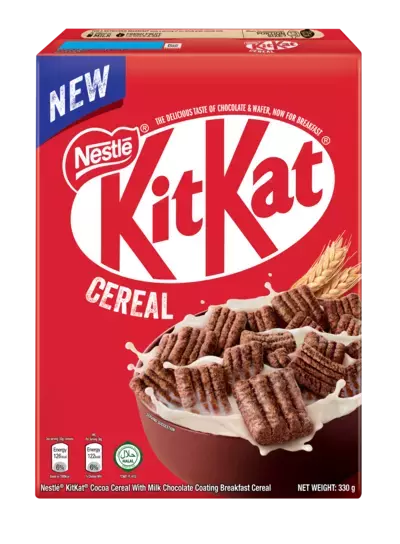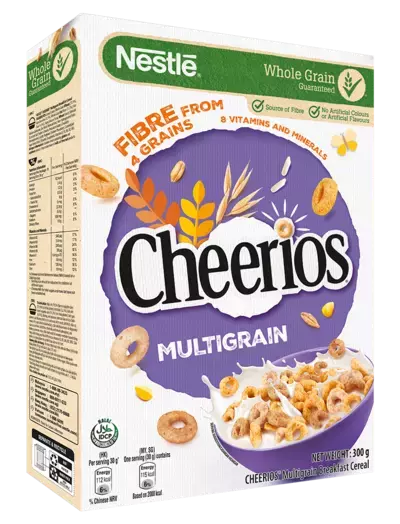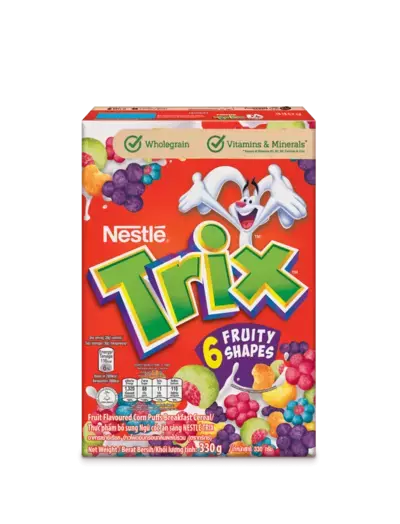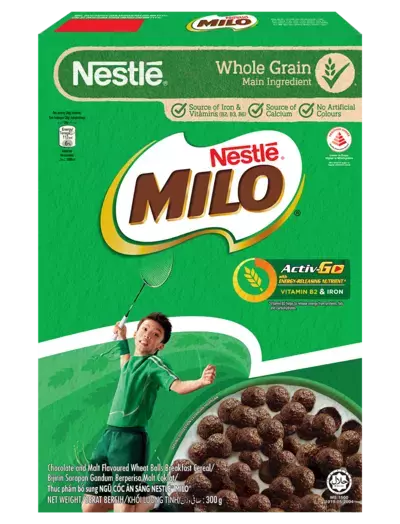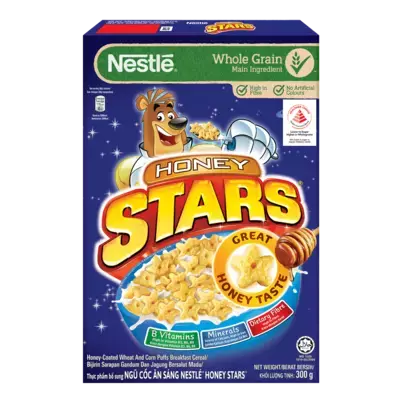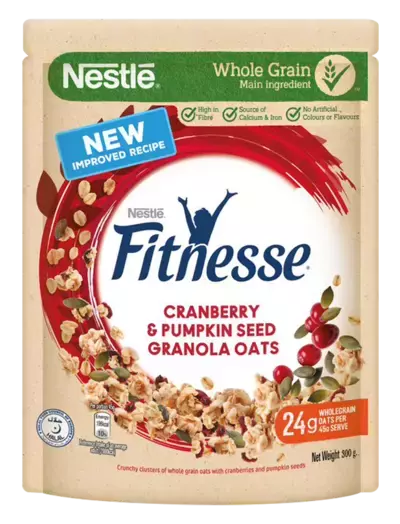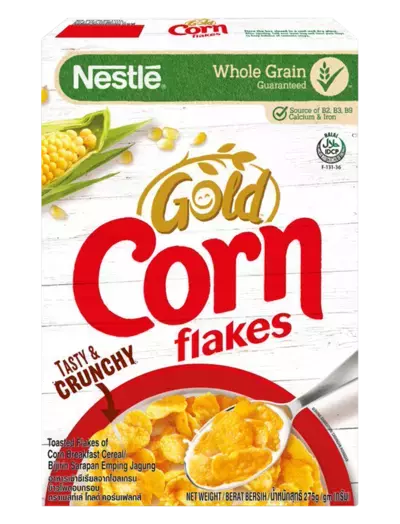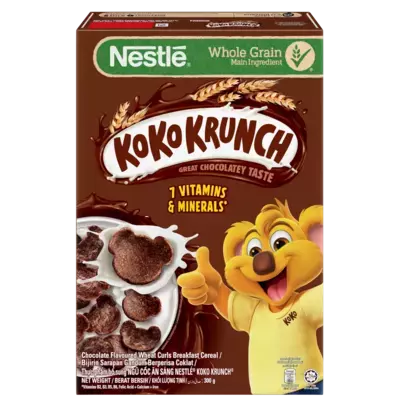Over the last 19 years, our teams have been continuously working on improving our recipes: increasing the amount of whole grain, lowering the sugar and salt, and removing artificial colors and flavors.

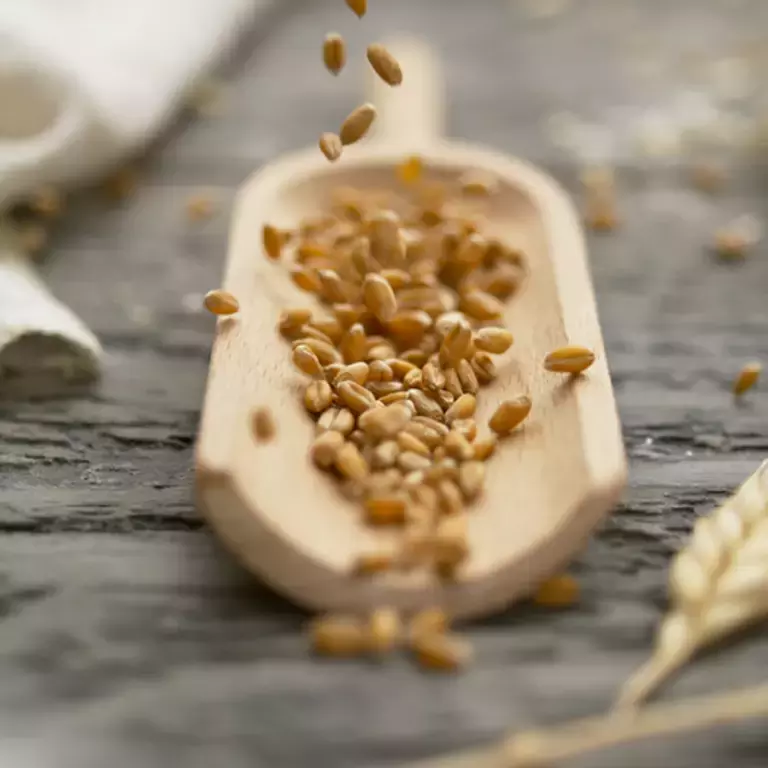
Our pursuit of a better breakfast will never end.
Our constant innovation
• Are comparatively lower in salt and sugar, have a higher level of whole grain, and added essential nutrients
• Take advantage of nutrition trends and science to deliver better products to our consumers
• Embrace new ways of delivering great taste
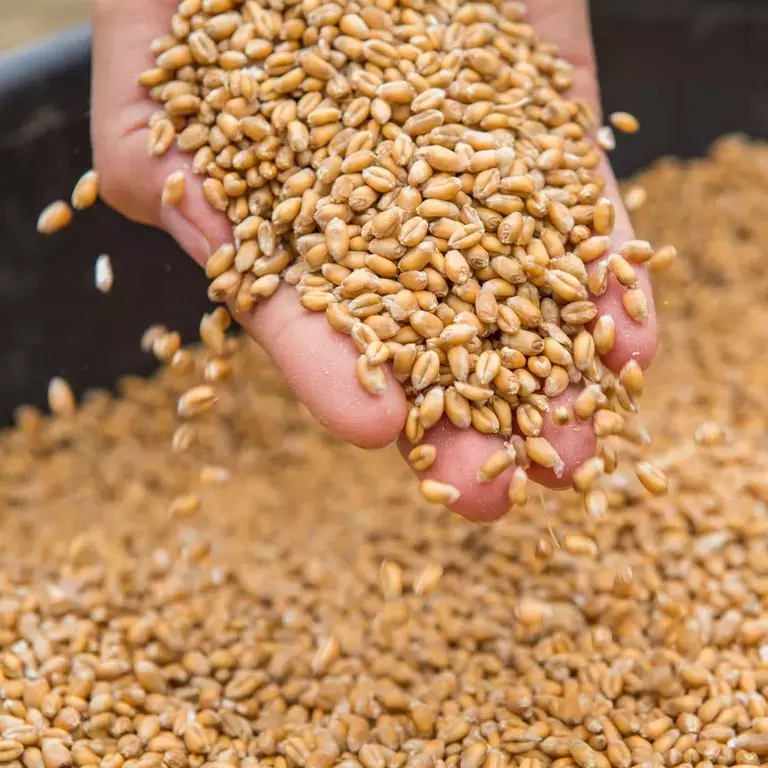
BETTER FOOD PROMISE
We were the first major global cereal company to commit to having whole grain as the main ingredient in our cereals.
Since 2003 we are very proud that in all our cereals carrying the green banner, we have*:
50%
more whole grain introduced, for a minimum of 8g whole grain in each serving
20%**
Sugar reduction
25%**
Salt reduction
GLOBALLY AS OF TODAY
> 95%
of our ready-to-eat breakfast cereals for children and teenagers have whole grain as the main ingredient.
99%
of the portfolio has 3g or more fiber per 100g
> 76%
of our cereals have equal to or less than two teaspoons of sugar (7.5g) per 30g serving
95%
of our cereals have less than 450mg of sodium per 100g
"But we know we have to go further. We want to live up to our consumers’ expectations and continue to make our breakfasts better – creating nutritious cereals which still offer the great taste our consumers love."
Working to Make Breakfast Better!
Your voice is leading the way to make breakfast better every day and helping us to provide a more nutritious breakfast option.

